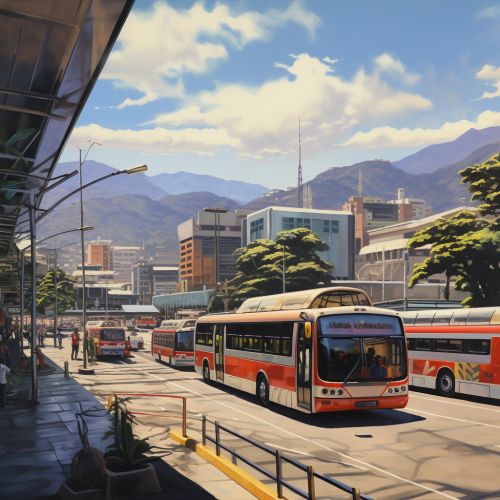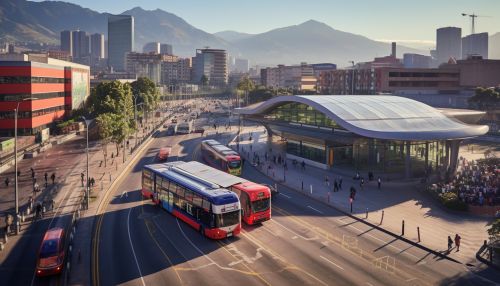Bogota
Geography
Bogotá, the capital city of Colombia, is located in the center of the country on a high plateau known as the Bogotá Savanna. The city is situated at an average altitude of 2,640 meters above sea level, making it one of the highest capital cities in the world.
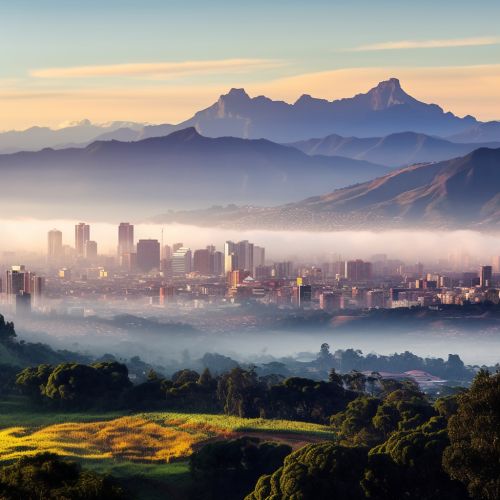
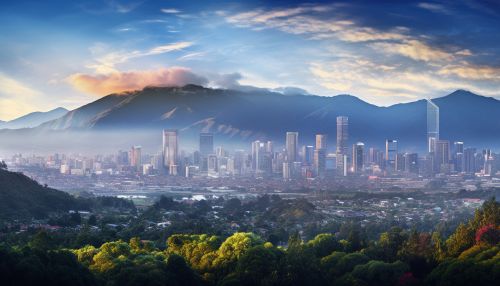
The Bogotá Savanna is part of the larger Altiplano Cundiboyacense, a high plateau located in the Eastern Cordillera of the Andes mountains. The Altiplano Cundiboyacense extends across the departments of Cundinamarca and Boyacá, and includes several other major cities in addition to Bogotá.
Climate
Bogotá has a subtropical highland climate (Köppen Cfb), with relatively consistent temperatures throughout the year due to its proximity to the equator. However, its high altitude results in cool temperatures, with an average daily temperature of 14.5°C (58.1°F). The city experiences two dry seasons (December to March and July to August) and two rainy seasons (April to June and September to November).
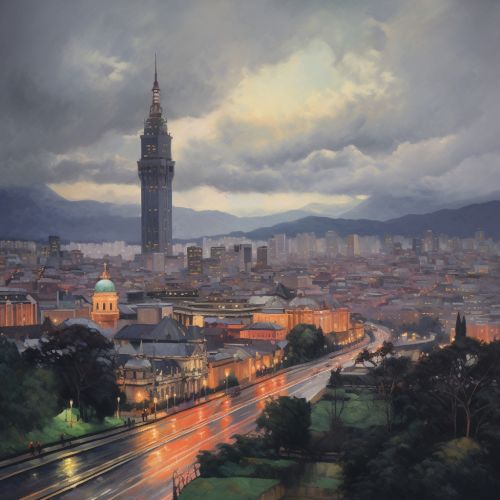
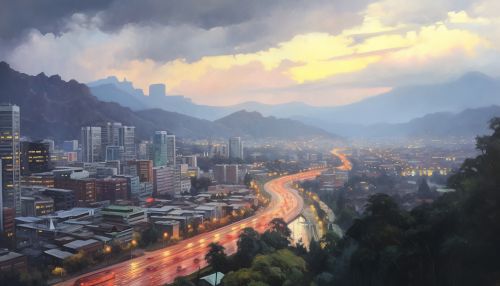
History
Bogotá was originally inhabited by the indigenous Muisca people, who established a confederation of villages on the Bogotá Savanna. The city was founded by Spanish conquistador Gonzalo Jiménez de Quesada on August 6, 1538, as Santa Fe de Bogotá. The city served as the capital of the New Kingdom of Granada and later the Viceroyalty of New Granada, which included modern-day Colombia, Ecuador, Panama, and Venezuela.
In the 19th century, Bogotá became a center of the independence movement against Spanish rule, led by figures such as Simón Bolívar and Francisco de Paula Santander. Following the Battle of Boyacá in 1819, Bogotá became the capital of the newly independent nation of Gran Colombia. After the dissolution of Gran Colombia in 1831, Bogotá remained the capital of the Republic of New Granada, later the Republic of Colombia.
Demographics
As of 2020, Bogotá has a population of approximately 7.4 million people, making it the largest city in Colombia and one of the largest cities in Latin America. The city is also a major destination for internal migration within Colombia, attracting people from all regions of the country seeking employment and educational opportunities.
The city is diverse, with a mix of people from different regional, ethnic, and social backgrounds. The majority of the population is of mestizo (mixed Indigenous and European) descent, with significant numbers of Afro-Colombians, Indigenous peoples, and European Colombians. Bogotá is also home to a large number of immigrants, primarily from Venezuela, but also from other countries in Latin America, Europe, and Asia.
Economy
Bogotá is the economic heart of Colombia, contributing over a quarter of the country's GDP. The city is a major hub for finance, commerce, and industry in Colombia and Latin America. Major sectors include financial services, information technology, telecommunications, and manufacturing.
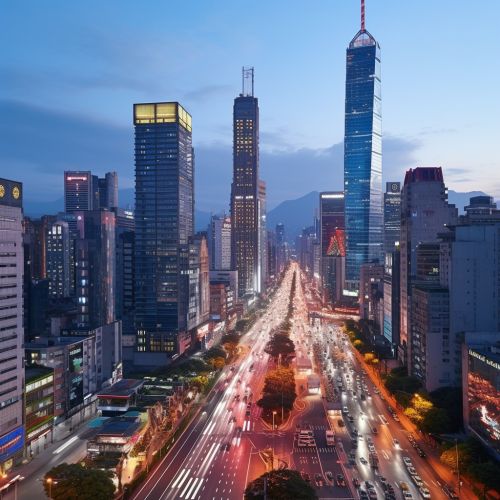
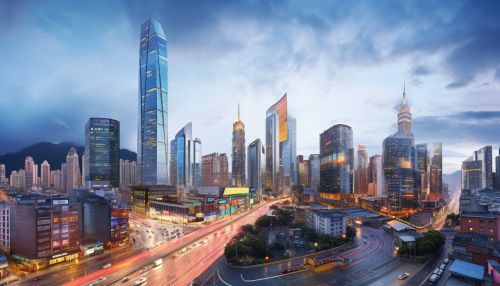
The city is home to the headquarters of many national and international companies, including Ecopetrol, the largest company in Colombia and one of the largest petroleum companies in Latin America, and Grupo Aval, the largest financial group in Colombia. Bogotá is also the location of the Colombian Stock Exchange (Bolsa de Valores de Colombia), the country's primary stock exchange.
Culture
Bogotá is a major cultural center in Latin America, known for its museums, libraries, and festivals. The city is home to the Gold Museum (Museo del Oro), which houses one of the largest collections of pre-Columbian gold artifacts in the world, and the National Museum of Colombia, the oldest museum in the country.
The city is also renowned for its vibrant music scene, which includes a wide range of genres from traditional Colombian music to rock, hip hop, and electronic music. Bogotá hosts several major music festivals each year, including Rock al Parque, one of the largest free rock festivals in Latin America.
Education
Bogotá is the leading city in Colombia for education, with the highest concentration of universities and research centers. The city is home to several prestigious universities, including the University of the Andes (Universidad de los Andes), the National University of Colombia (Universidad Nacional de Colombia), and the Pontifical Xavierian University (Pontificia Universidad Javeriana).
Transportation
Bogotá has a comprehensive transportation system, which includes a rapid transit bus system known as TransMilenio, an extensive network of bicycle paths, and El Dorado International Airport, the busiest airport in Colombia and one of the busiest in Latin America.
